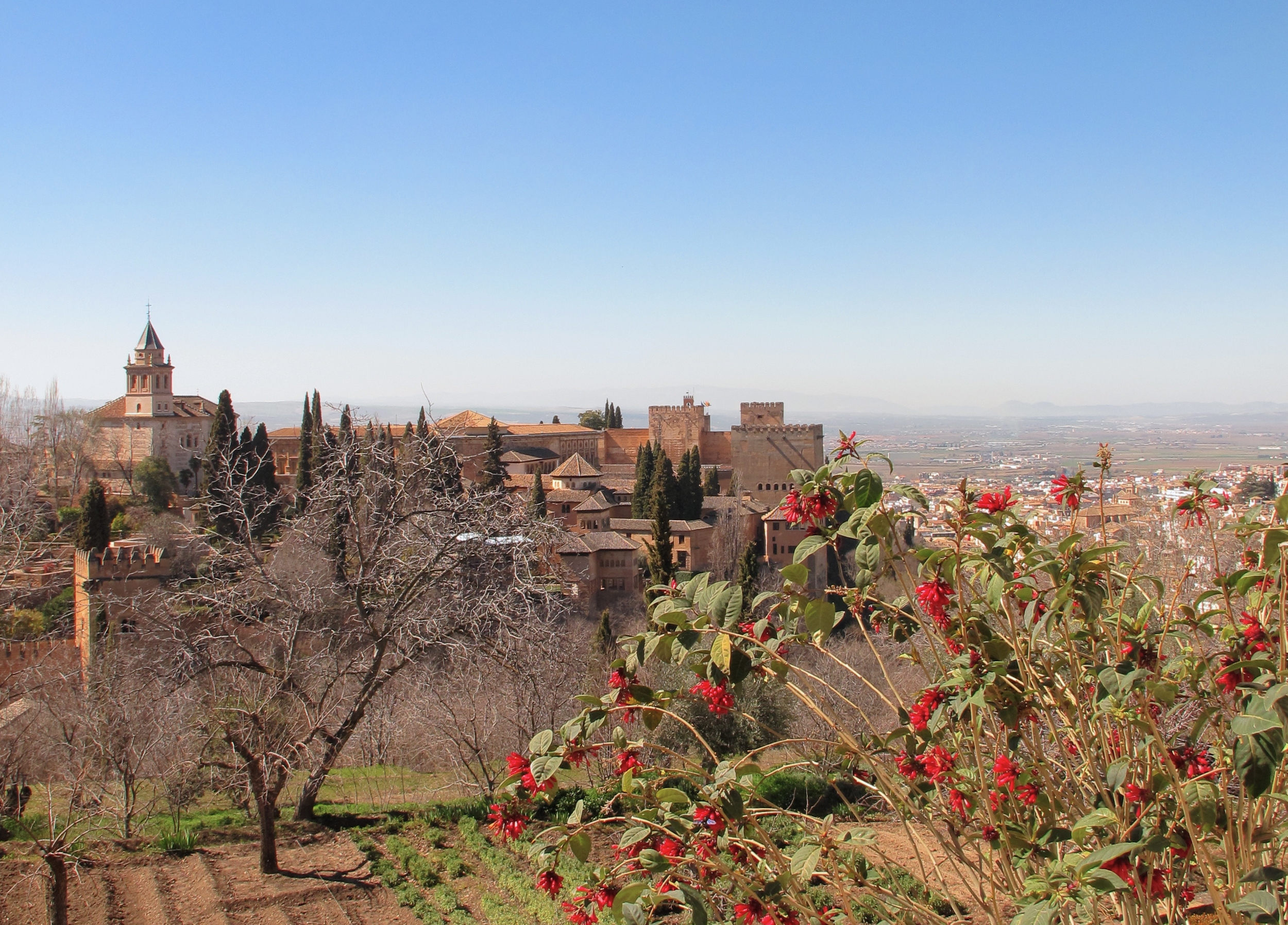A STUDY OF PATTERNS
THE STUDY OF GEOMETRY
The House of Wisdom was set up in Baghdad c. 810.
Scholars from all over the empire came to this center of learning to translate classical Greek and Indian documents, and in the process a new era of scholarship was begun, as they added their own discoveries and wisdom to the old texts.
Some of the most important ideas to come out of the middle ages originated in this period of Islamic scholarship. For instance, Muhammad Al-Khwarizmi, in expanding on the Hindu concepts of the numbers zero through nine, introduced the fundamental algebraic methods of balance and reduction - thus giving us a general tool to solve abstract problems, rather than the very specific ones previously set out by Indian philosophers.
But perhaps one of the most interesting advancements to the classical texts was in the study of geometry. Ancient texts by Euclid, Archimedes and Apollonio were translated and then developed upon until wholly original ideas were discovered. For example, Ibrahim ibn Sinan developed the Greek methods for drawing the parabola, ellipse and hyperbola, and used his innovations to construct a more advanced sundial.
THE ART OF GEOMETRY
Just as the seeds of ancient texts were watered by the scholarship of the Islamic world, and began to bloom into (highly geometric) flowers; so the seeds of those flowers began to pollinate the realm of the arts, and of architecture.
The writings of one geometer - Nasr al-Farabi - were highly influential in the art world, and slowly but surely, geometry found its niche: on the walls of buildings.
SACRED GEOMETRY
Among other things, the Quran prohibits the artistic depiction of humans and animals, in order that the devout will not be awed by fake idols, nor will they rival God in his role as creator.
Such limitations surely made the lives of artists and medieval interior decorators that much more difficult, but one could say that this philosophy provided an impetus for the creation of new decorative forms.
In particular, three special forms of decoration were developed, and together they formed an ornamental canon of sorts.
First, the most noble of the arts - calligraphy, and the transcription of sacred texts onto walls and objects.
Second, the depiction of vegetal designs, with their origins in nature. Twisting vines and leaves, curlicues and flower patterns, these were developed early on and became part of the 'arabesque' tradition.
And third, the translation of geometries into patterns. Geometry always held an appeal to Islamic artists, as it provided a subject matter that avoided any religious offense, while also representing a variety of Islamic ideas.
These geometric patterns had their origins in the circles, hexagons, triangles, squares and dodecagons of classical theorists. And yet, in Islamic art, the shapes became so much more complex, as each was interwoven onto the next in matrices of never ending symmetry and repetition.
“Islamic ornamentation usually opted for a-centric arrangements in patterning, avoiding obvious focal points – a preference that resonates with the Islamic perception of the Absolute as an influence that is not ‘centered’ in a divine manifestation (as in Christianity), but whose presence is an even and pervasive force throughout the Creation. A further analogy can be drawn between the patiently created repeats of the ‘infinite’ pattern... In an Islamic context, repetition is not tedious; on the contrary, it connects to the world of the spirit.”
In fact, by using geometric patterns, Islamic artists were able to evoke many complex thoughts and feelings within the viewer. Looking upwards at a dome decorated with five-fold motifs, one may be reminded of the cyclical movement of the planets, which Plato called the 'music of the spheres.' Similarly, stucco and plaster moldings of interlinking 10-fold rosettes could remind the viewer of the incredible beauty of flowers, and the miracle of symmetry in nature.
“The origin of the word ‘cosmos’ is adornment (from which we derive the modern word ‘cosmetics’) and the adornment of sacred buildings with both floral and geometric patterns makes the viewer sensitive to the subtle harmonies uniting the natural world around us with the cosmos.”
PATTERNS AT THE ALHAMBRA
Inside this Islamic Palace City, built over the course of centuries, there is a wealth of geometric patterns.
The economical wooden walls of the giant superstructure are hidden behind a myriad of plaster dreams - vegetal motifs of scallops and flowers rest between intricate carvings of stars and knots. The painted tiles of one wall meld with that of another, and the ceilings echo those walls with their stalactite structures called mocárabes: honeycomb-like, and incredibly complex concave patterns that carry on in the undersides of arched doorways. It is as if every edifice is carven or worked upon, till the substantial elements of the buildings are dissolved into pattern and lightness.
Along with the ever-near noises of bubbling fountains, and the flow of the spaces - inner mingled with outer: windows onto courtyards filled with light and orange trees, it seems as if one has entered a version of paradise.
The overall effect is truly transcendent.
REFERENCES AND FURTHER READING:
- Wade, David. Pattern in Islamic Art. 2006.
- Yahya, Abdullahi. Evolution of Islamic Geometric Patterns. 2013.
- artofislamicpattern.com























